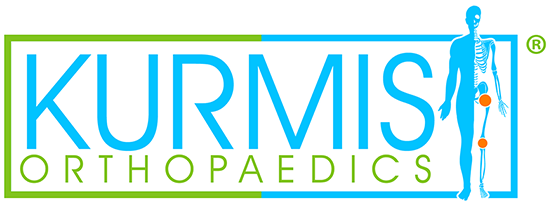What is low muscle tone?
Muscle tone is the amount of tension in a muscle. Muscles always have a slight amount of tension (slightly turned on) so that they are always ready to contract when we need to move. Muscle tone is also what helps us hold our bodies upright against gravity when we are sitting and standing and helps us control our movement.
Muscle tone can be thought of as a spectrum; some people have lower muscle tone and some people have higher muscle tone. Low muscle tone, or hypotonia, is when the resting tension of the muscles is reduced. The muscles are often described as ‘floppy’. In most cases, low muscle tone is ‘idiopathic’ meaning the cause is unknown. For a small number of children, low muscle tone is a feature of a neurological or genetic condition. Low muscle tone is also very common in the autistic population.

How does low muscle tone affect a child?
Children with low muscle tone essentially need to work harder to produce and maintain the same muscle contraction or movement as their peers with normal muscle tone. Children with low muscle tone often struggle with muscle weakness and because of the increased effort they are using to move, they often fatigue quicker than their peers. If your child has low muscle tone, you may notice that they:
- Feel limp or floppy when you pick them up.
- Sit with a slumped posture and have difficulty sitting unsupported or standing for a long time. They may also prefer to be in reclined positions, lean on surrounding furniture/ people to help them stay upright, or may ‘W’ sit.
- Often have increased flexibility in their joints – called ‘hypermobility’.
- May have reduced arches in their feet, or ‘flat feet’.
- Fatigue quickly, particularly with walking for longer periods (eg. walking around the shops).
- May have delays in reaching gross motor milestones such as sitting, crawling and independent walking.
- May have difficulties with their balance.
- Often struggle with movements that require a fair amount of muscle strength such as jumping, hopping and stairs.
- May have difficulty with their fine motor skills such as handwriting.
How can Physiotherapy help a child with low muscle tone?
It is important to distinguish the difference between muscle tone and muscle strength. Muscle tone is the underlying tension of the muscle, whereas muscle strength is the ability of the muscle to generate force, particularly against resistance. Muscle tone cannot be changed – it is just how someone is physiologically made. However, muscle strength, endurance and physical skills CAN be changed. Children with low muscle tone are naturally weaker, so it is important for them to participate in strength-building activities. They may also need additional support to learn and master gross motor skills and improve their balance.
Sometimes children with low muscle tone may need accommodations to support them to participate in activities. This may look like additional breaks or equipment such as specific chairs designed to support posture and reduce energy expenditure. Children with low muscle tone can sometimes be perceived as being lazy, fidgety, or avoidant of physical activity. In reality, these behaviours are often just coping mechanisms for struggling with muscle fatigue.
If your child’s low muscle tone is impacting on their ability to complete daily tasks or participate in physical activity, they may benefit from a physiotherapy assessment and treatment program.
For more information or to book an appointment, please call The Physio Clinic on 8342 1233.
Written by Maddie Dal Corobbo | Physiotherapist at Prospect and Blackwood























